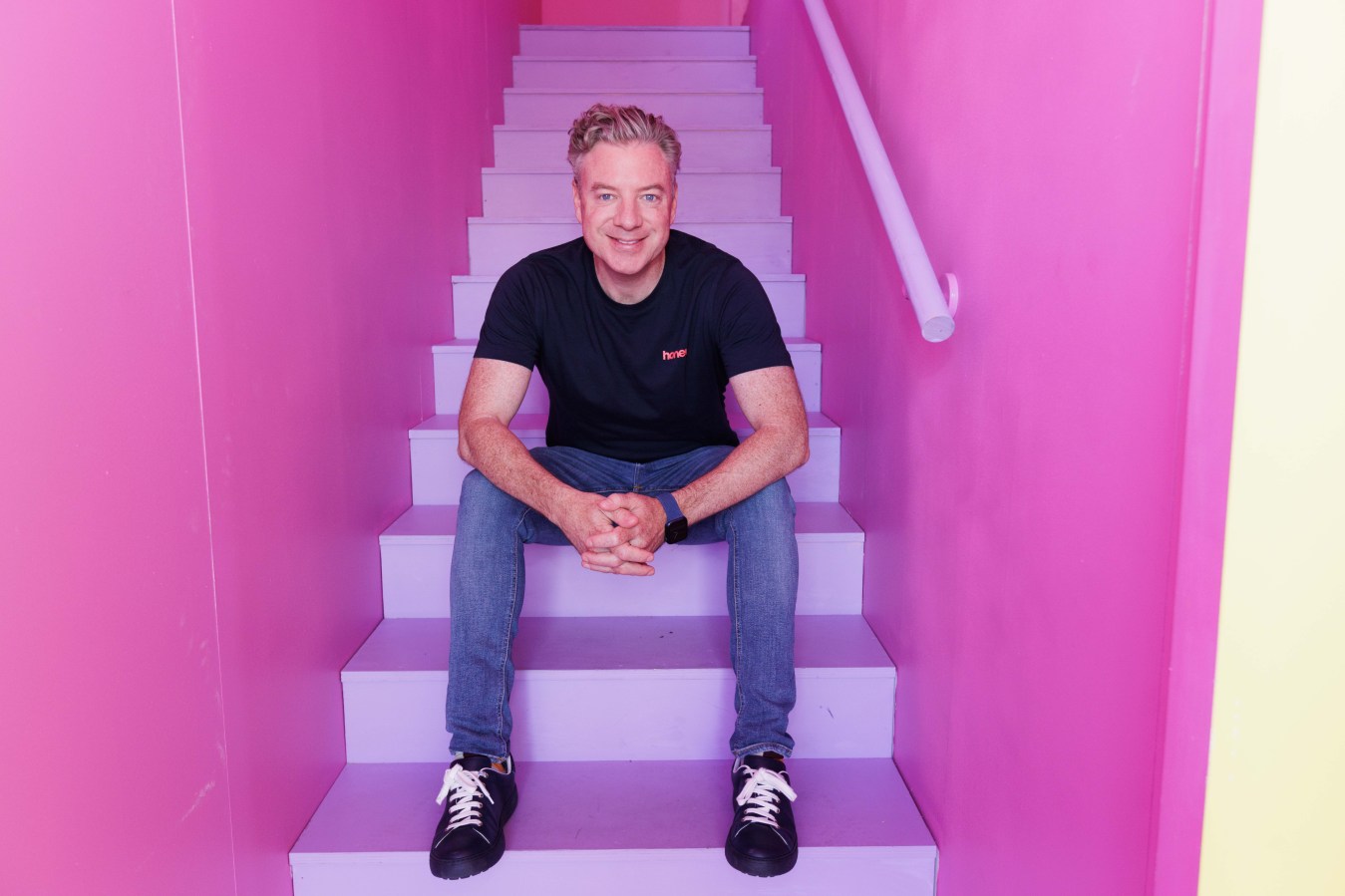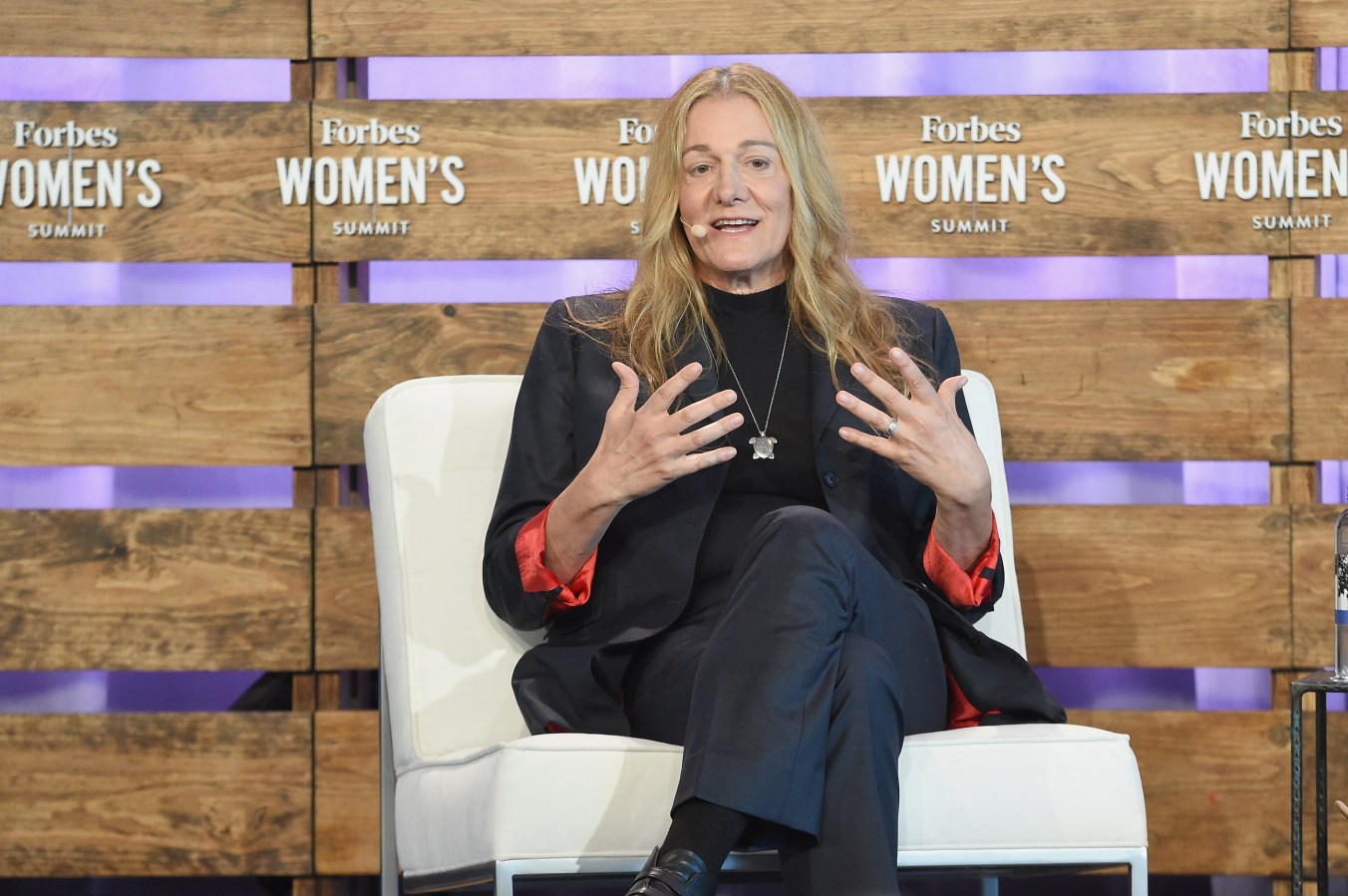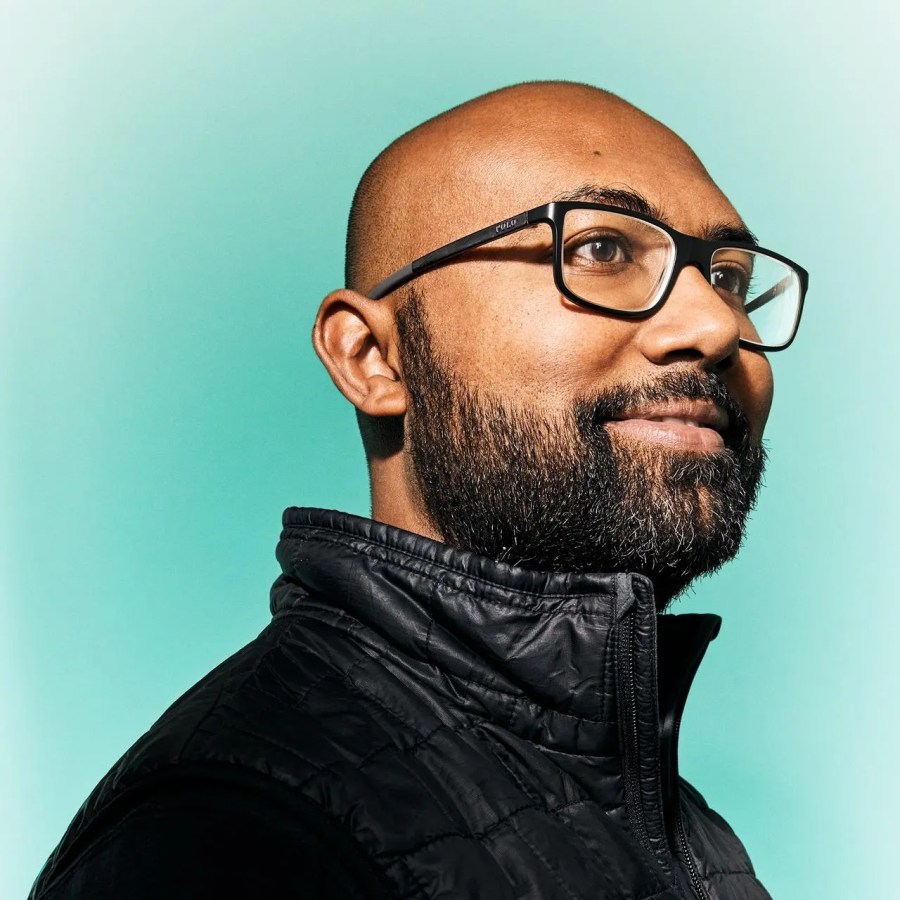Mining and energy companies are using Humanihut for workers, but they are also a revolutionary way to keep people housed after disaster strikes.
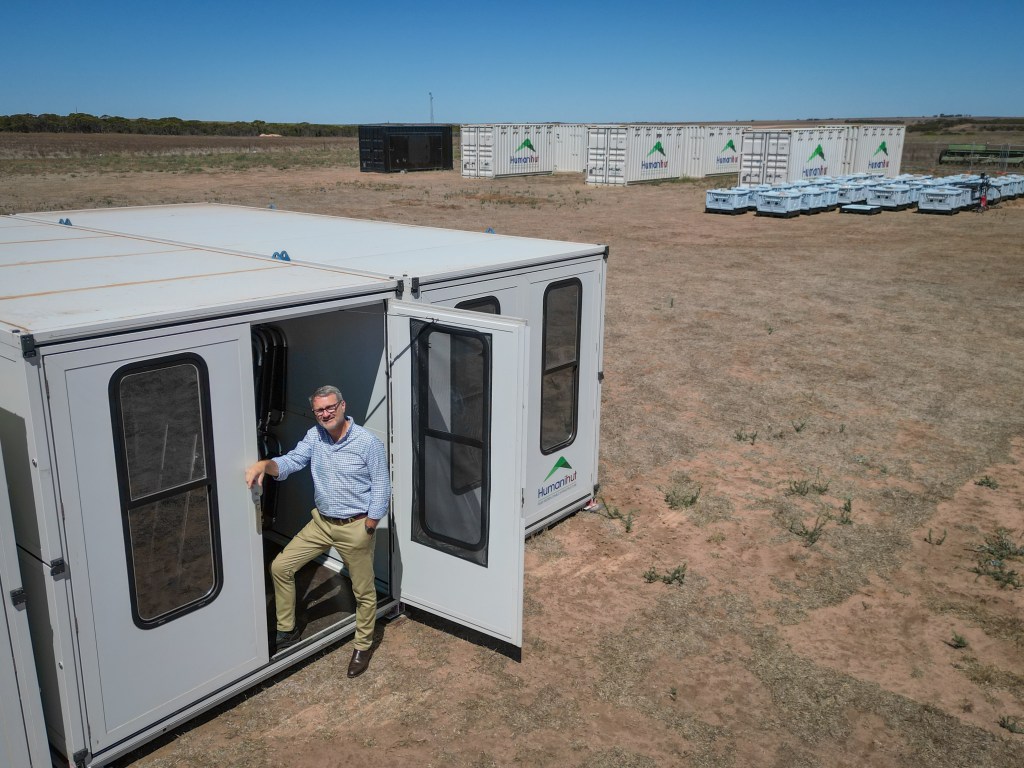
A determination to design dignified, long-term solutions for people displaced from Syria back in 2013 pushed Humanihut co-founder and Managing Director Neale Sutton into action. He’s an ex-soldier who has worked in East Timor and he rallied $80,000 from a few private investors and a grant of $70,000 for the engineers.
He took the designs to Jordan in 2014 to speak to another Aussie who was running the refugee camp for UNHCR, Andrew Harper, and in the space of about 20 minutes, Sutton successfully pitched Humanihut as a temporary accommodation solution instead of tents.
“Three weeks later I flew to Geneva and I briefed the head of shelter for both the Red Cross and UNHCR and that, in 2014, was the decision point at which we decided we were going to go ahead,” says Sutton.
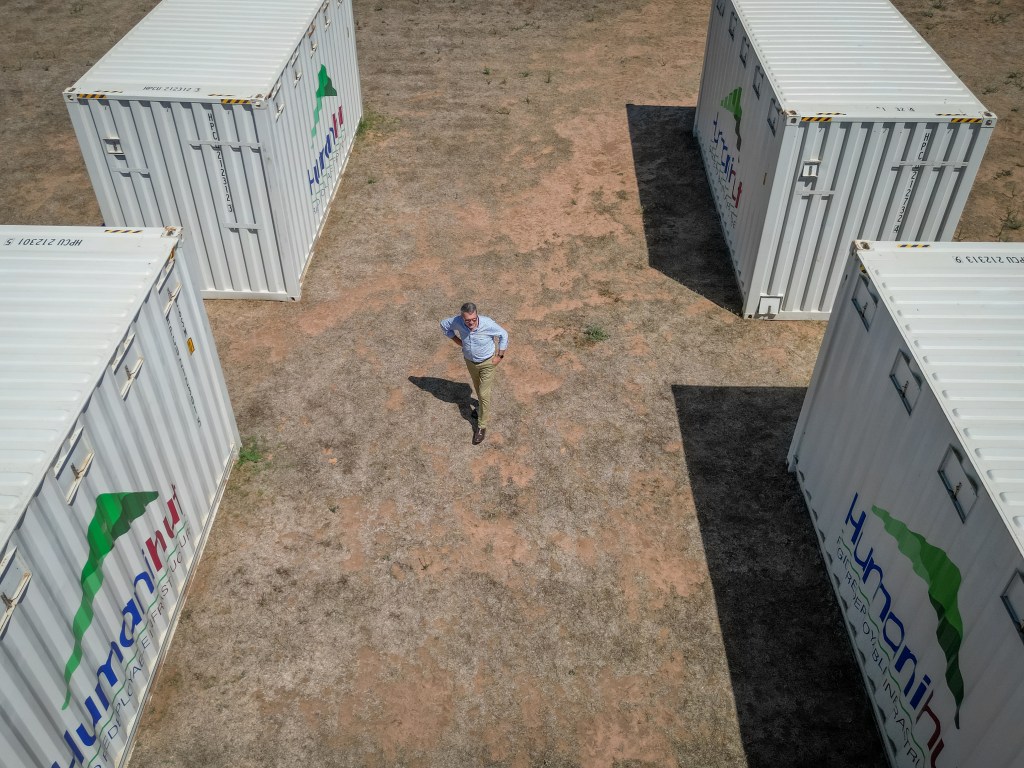
The major industrial project began and took several years to finesse, and it is now being used around the world. In March, the Western Australian government said it was implementing Humanihut structures across three flood-impacted Fitzroy Valley communities, to be operational from early April 2023.
The hubs there will consist of individual climate-controlled huts, dedicated male and female bathrooms and communal kitchen and laundry facilities. Each hut can accommodate between four and eight people, with up to 64 huts available.
The temporary accommodation will be located On Country, or as close to country as possible with the Western Australian Department of Communities working in consultation with Traditional Landowners and local Community Leaders, to determine safe and culturally appropriate locations to suit residents’ needs.
The structure is packed into a container for transportation that is also used as part of the facilities for bathrooms, laundries, or whatever is of most need to the user, be it displaced people or a company’s workers.
Purpose-built Humanihuts were used as hospital facilities in South Australia during Covid and others were used by firefighters on Kangaroo Island. Accommodation was provided during flooding in Lismore in NSW.
Potential for growth around the world
Sutton is talking about further global usage, following war in Ukraine, earthquakes in Turkey and Syria, companies in the Middle East interested and infrastructure businesses in Europe and the UK. Closer to home, there’s possible projects in the next nine years, including a Commonwealth Games and an Olympic Games.
Facilities can be set up within a month and if the camp needs to move, the huts can be loaded onto transport and repositioned. The units can be leased or bought.
Investment so far is around $6.5 million and the company remains privately owned. It’s been revenue-positive for the past three years.
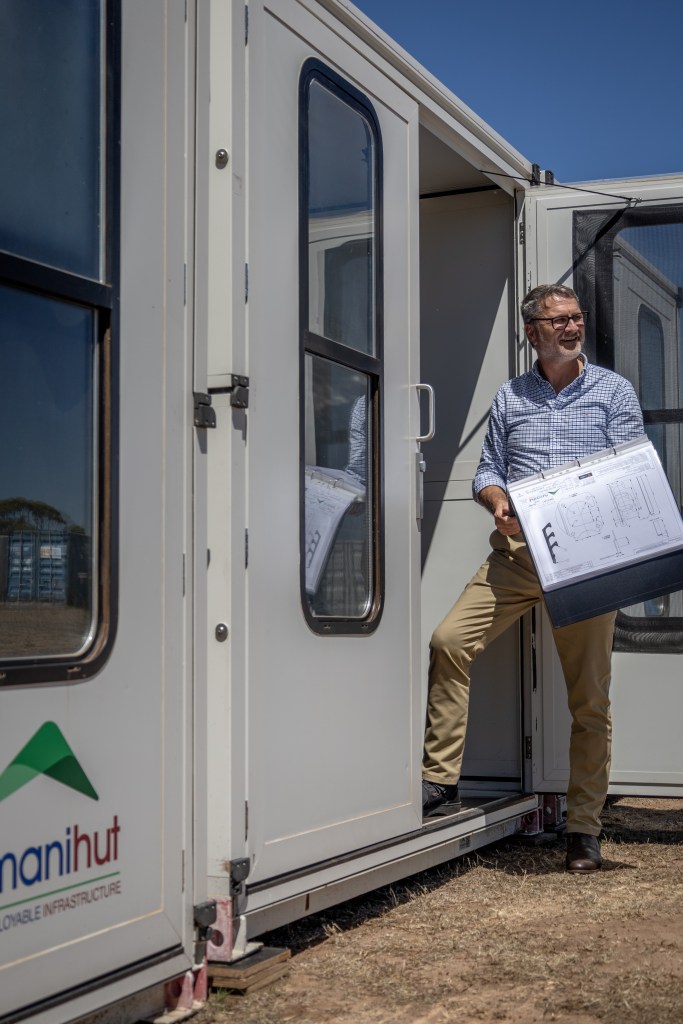
“This is an Australian company. We’re not going anywhere,” says Sutton. “We don’t see ourselves as headquartered anywhere else. This is where we want to be.”
Staffing has gone from four to up to 80 depending on contracts they have operating. They try to hire local people to help with the builds and maintenance.
“We will put in some management, but everywhere else, every job is open and available locally and if we can’t get the people then we’ll look to bring them in, but only after we’ve exhausted the availability in the local area,” Sutton says.
The company is giving Sutton plenty to be proud of, with the potential growth, and the benefits it can bring.
“As a startup, I and the people around me have developed a significant industrial product. There’s an awful lot of pride that we’ve done that, but there’s been an awful lot of angst. There’s been an awful lot of blood pressure. There’s been three times during this process when I personally looked at going out backwards.
“But this product is actually doing so much good every time it’s deployed. It’s a wonderful feeling to have developed something that is actually doing something good.”
Look back on the week that was with hand-picked articles from Australia and around the world. Sign up to the Forbes Australia newsletter here.
